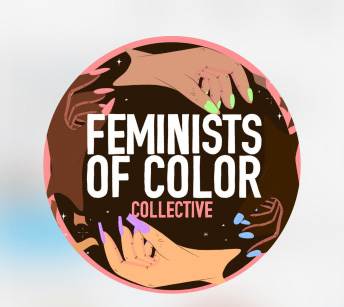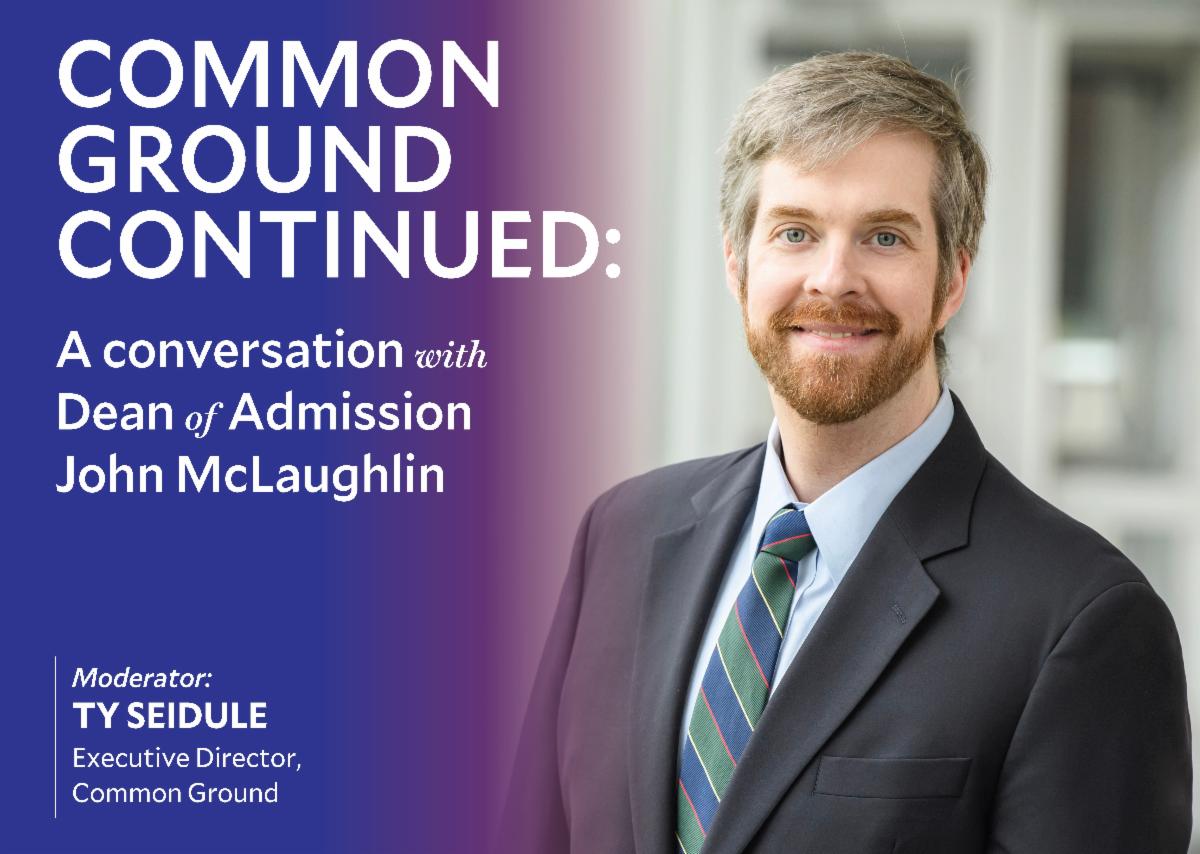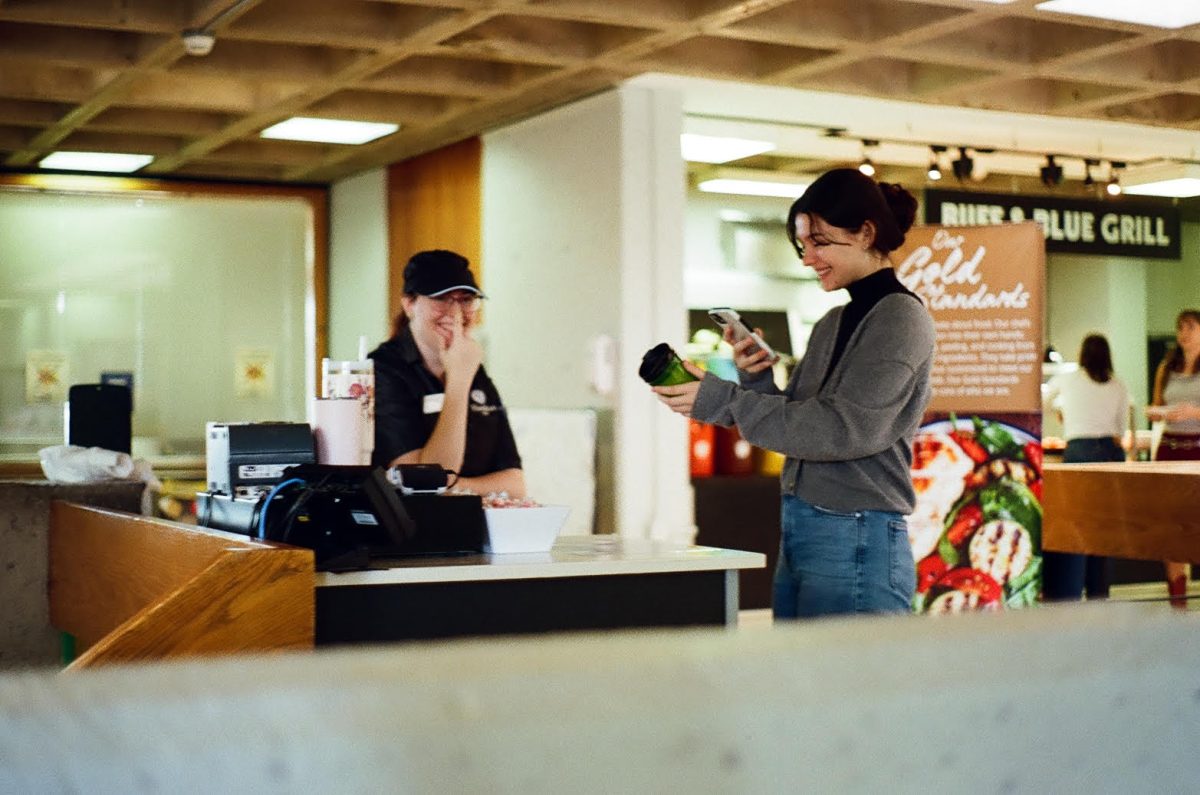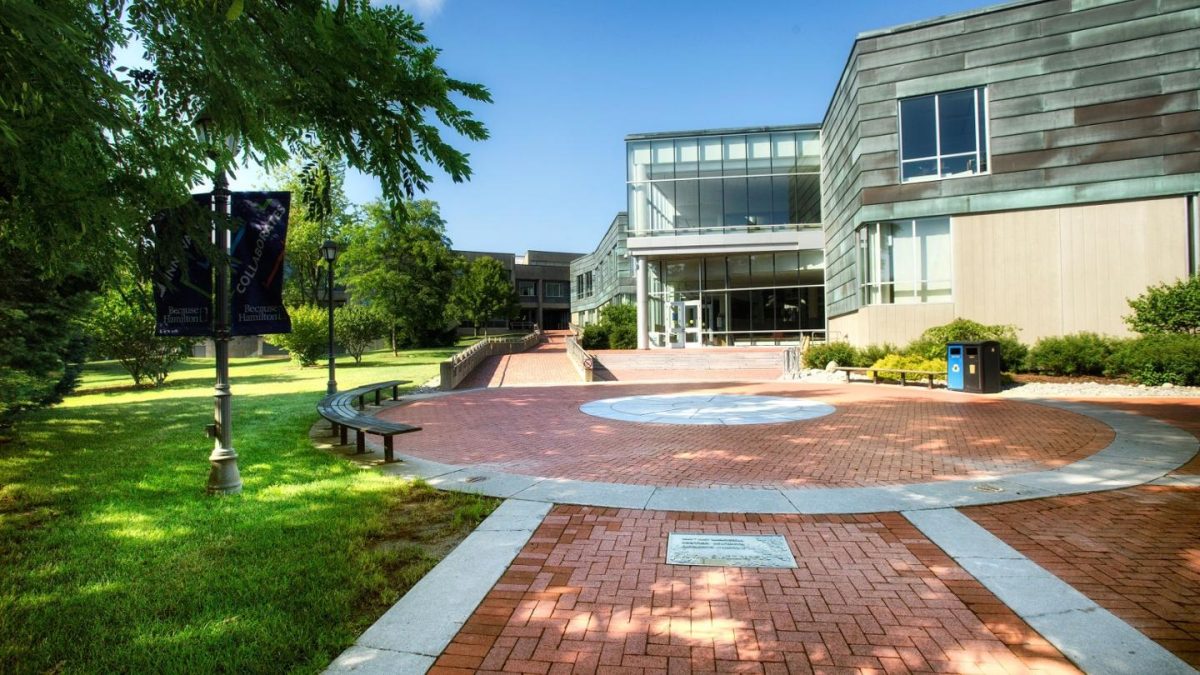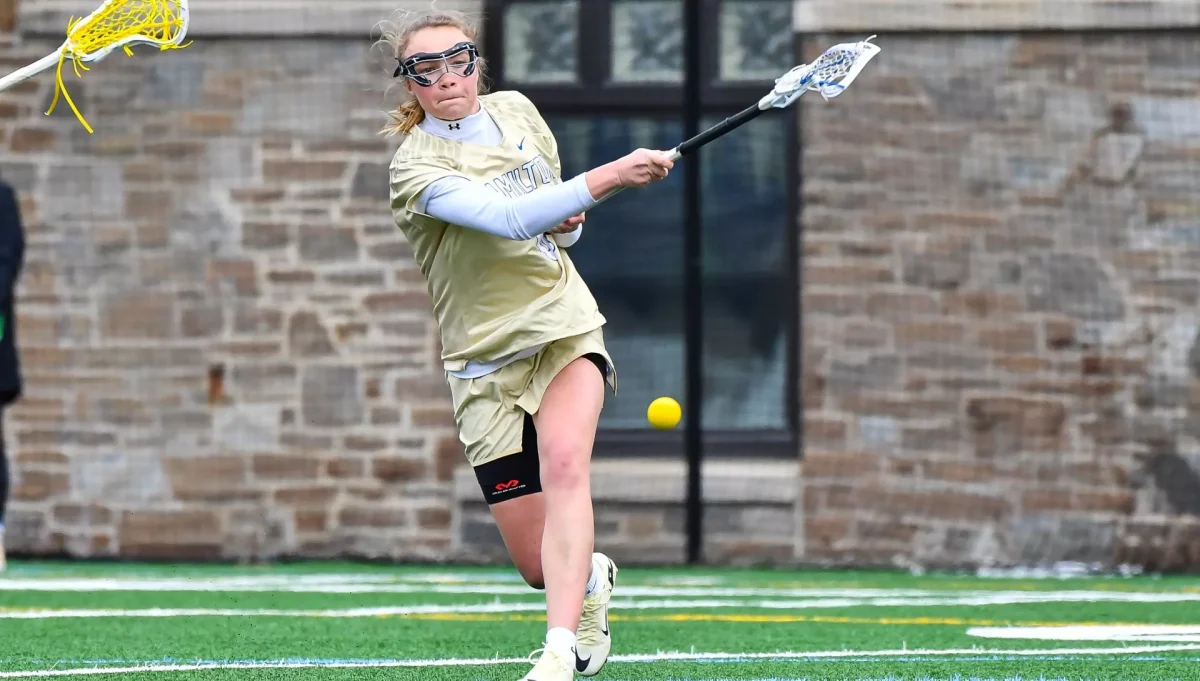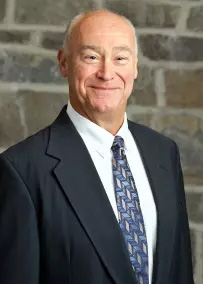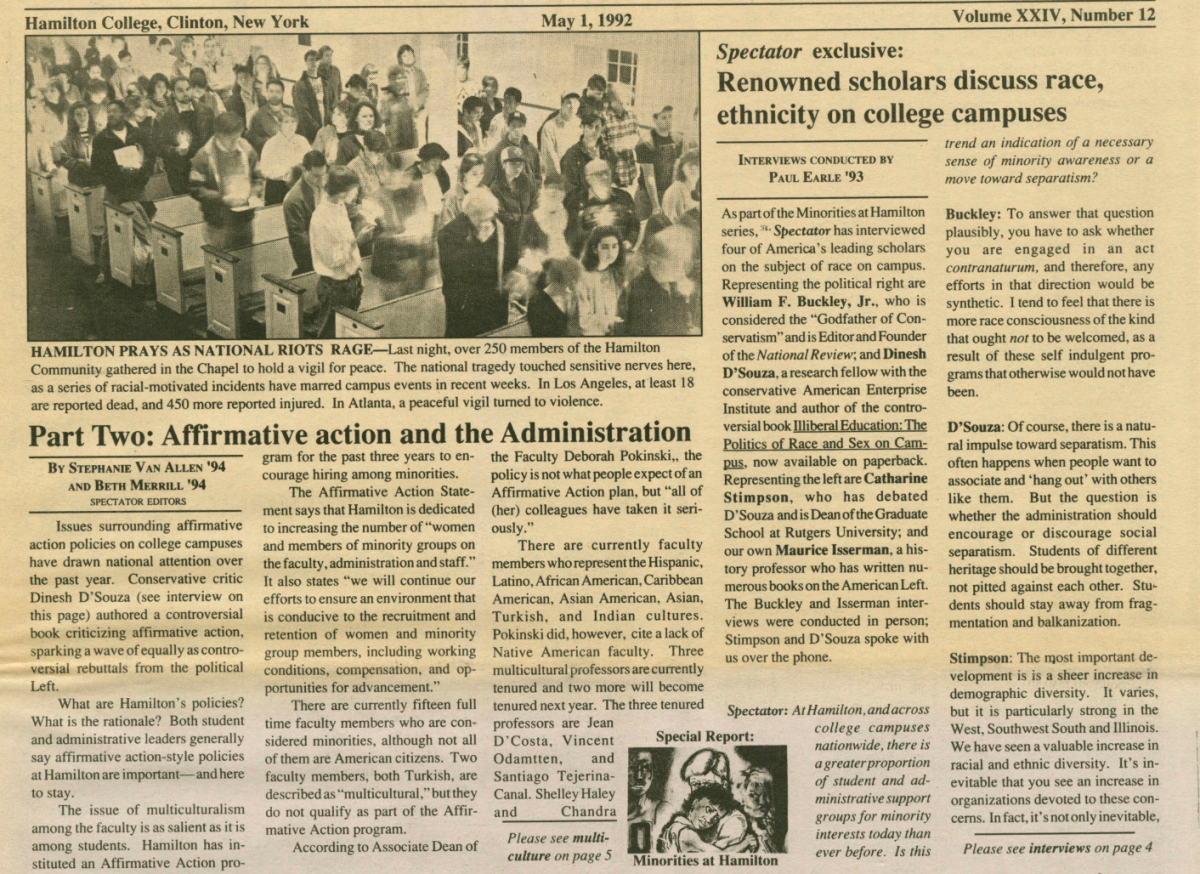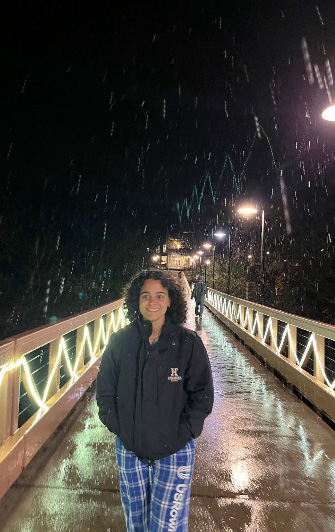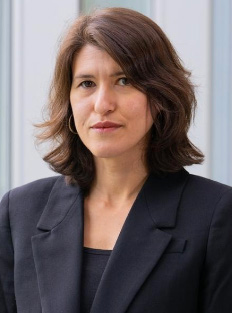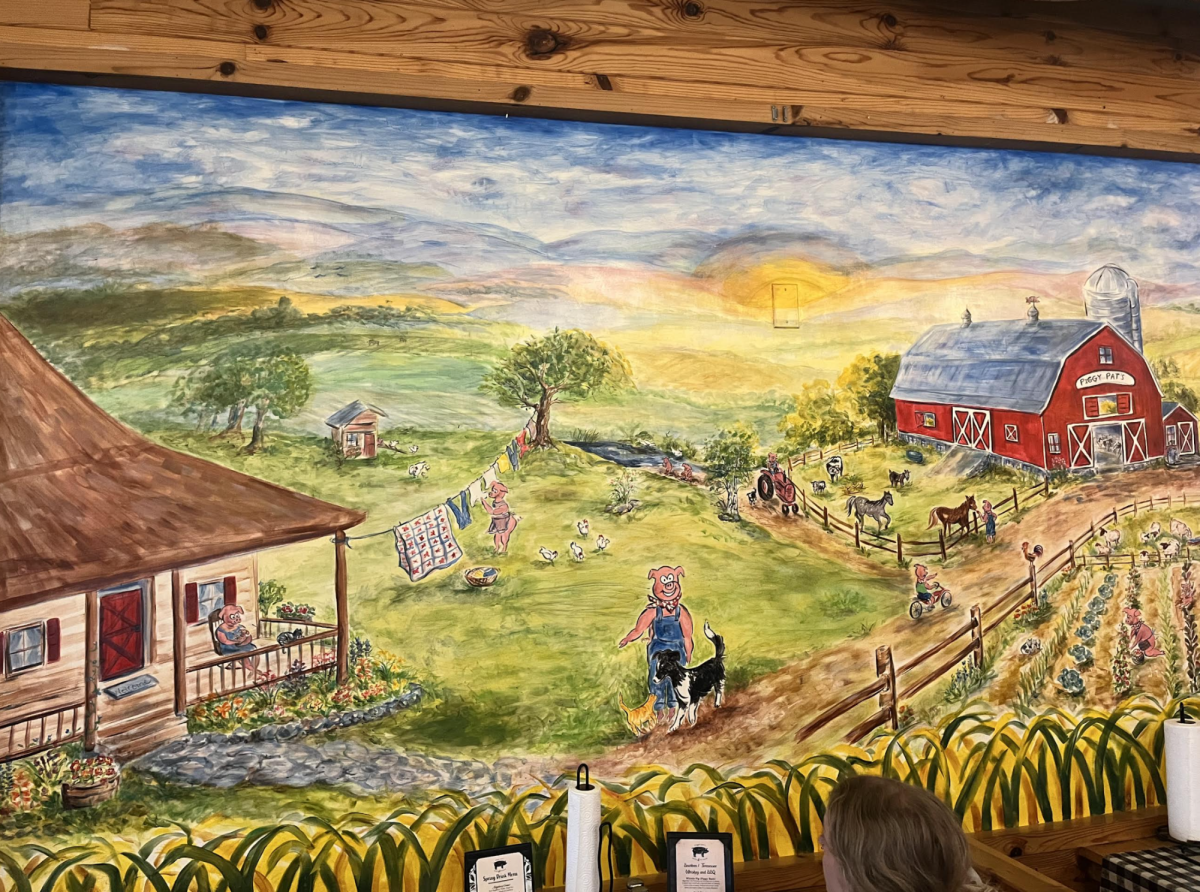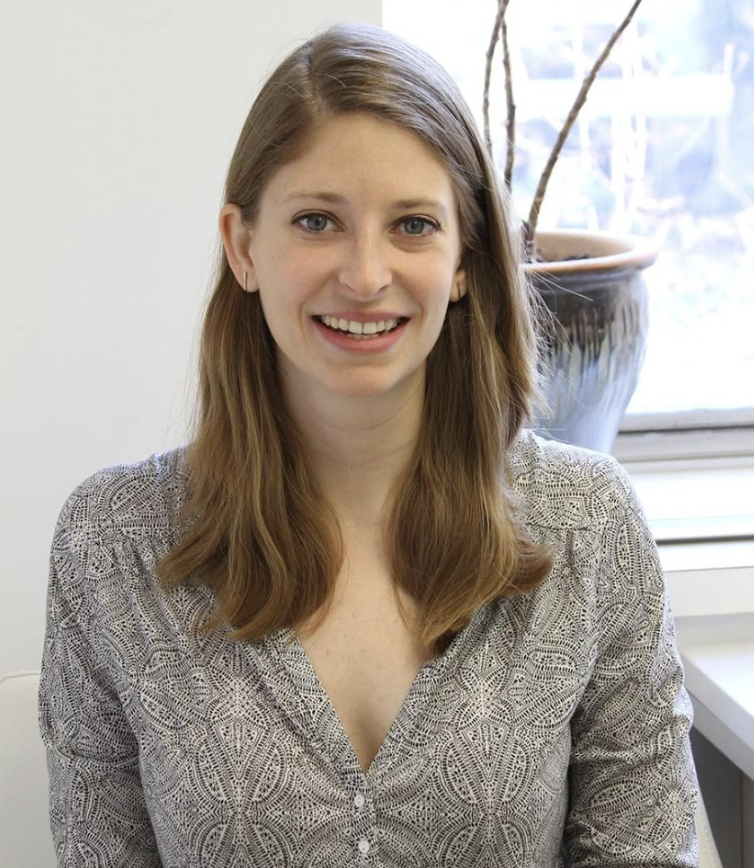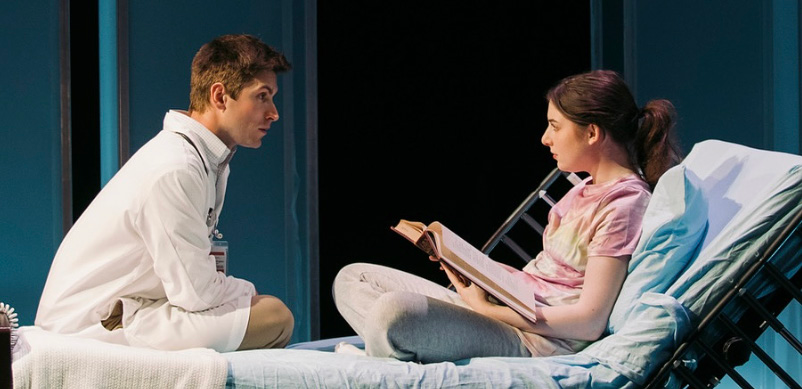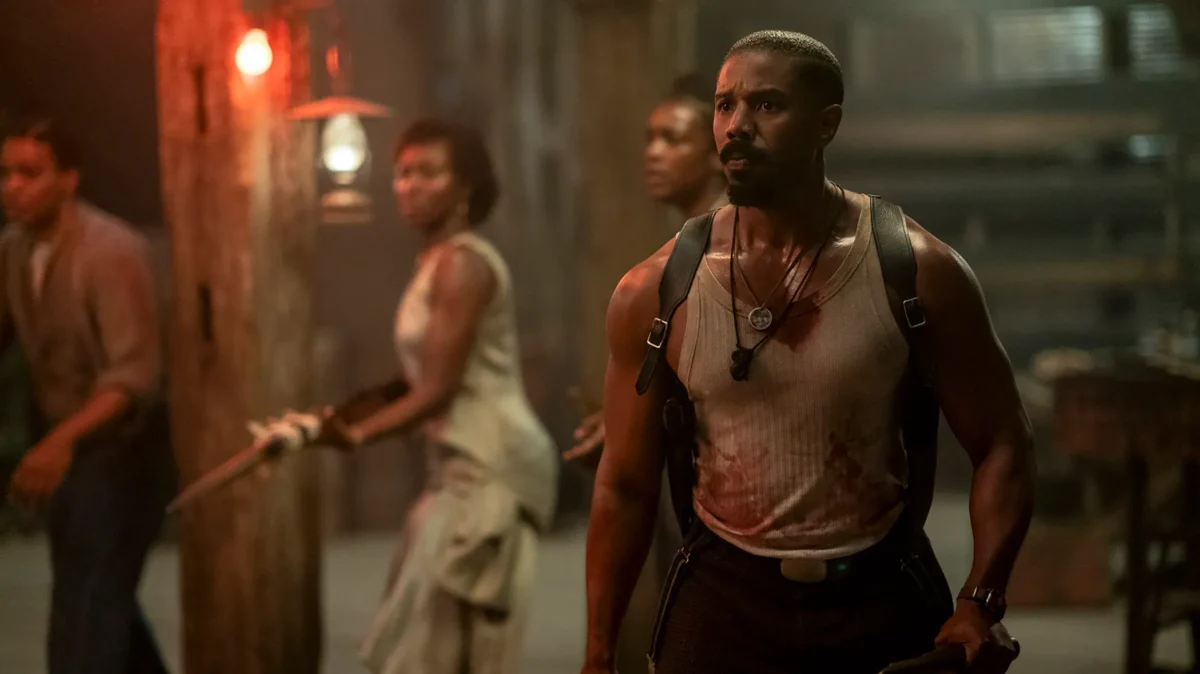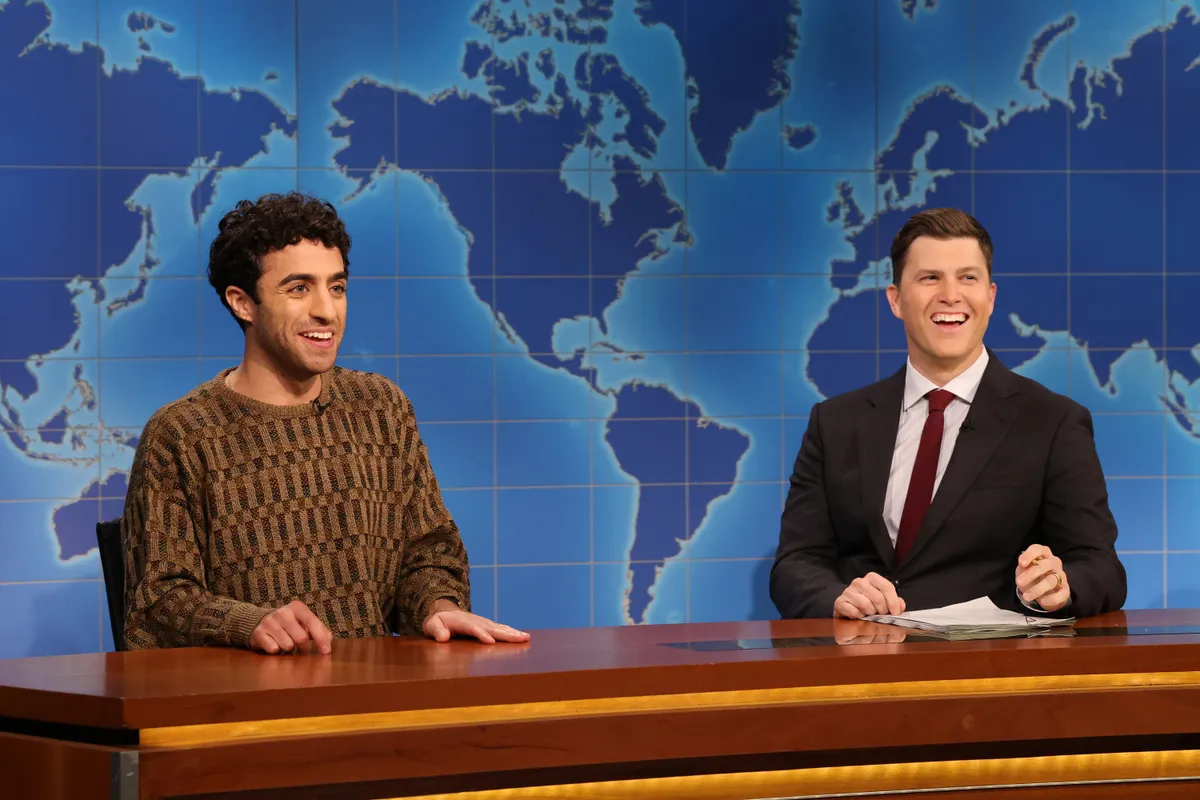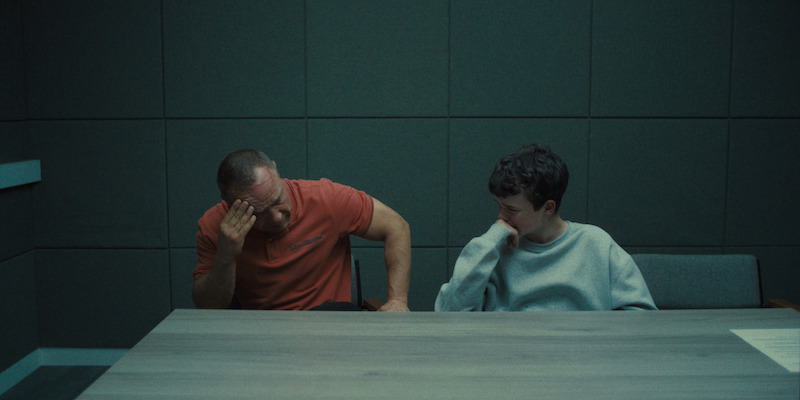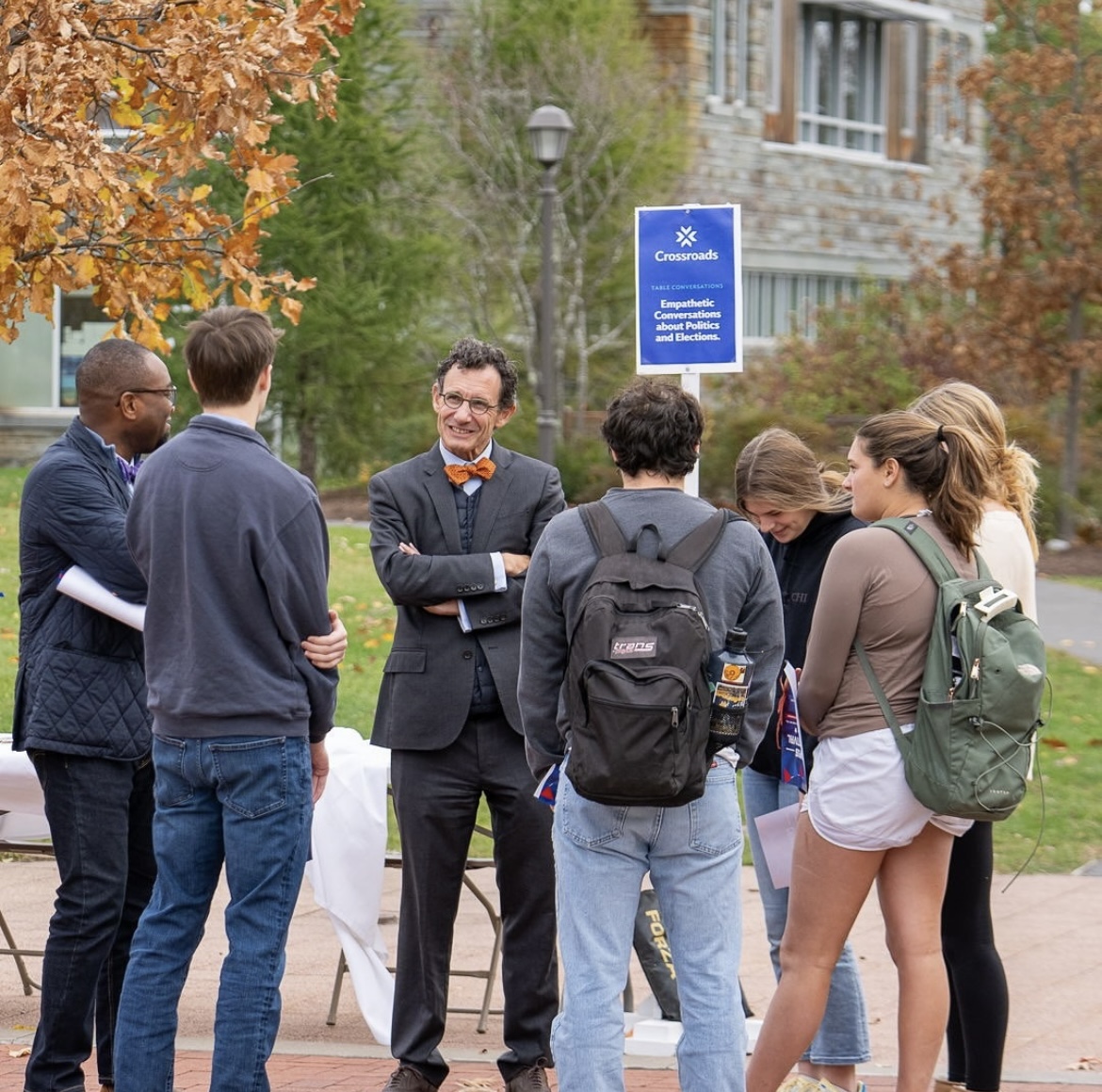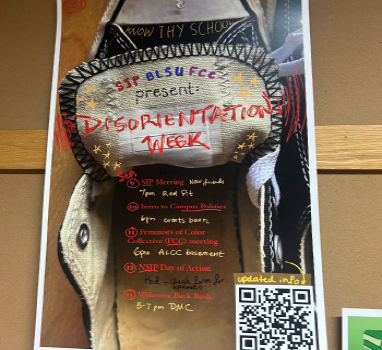
Hamilton’s Disorientation Week, much like those of other college and university campuses, placed an emphasis on community organization, advocacy and justice. Events included an SJP welcome meeting, an Introduction to Campus politics event, an FCC meeting, a National Day of Action for Palestine outdoor teach-in and a BLSU Welcome Bash. Students were notified of these functions through both campus-wide emails, flyers available across campus spaces and a banner hung over the balcony in Commons Dining Hall.
While other campuses have hosted and participated in Disorientation Weeks, Hamilton’s was not hosted in conjunction with other schools. “The phrase ‘Disorientation Week’ comes from the National SJP [Students for Justice in Palestine], and is part of a larger national week of action around the beginning of school at campuses across America,” said Joseph Fandrey ’26, a student leader within Hamilton’s SJP chapter. He continued, “it’s part of a larger idea and pattern, and movement, but it’s not necessarily executed directly in contact with other things.”
At Hamilton, groups represented in the Disorientation Week programming included SJP, Feminists of Color Collective (FCC) and the Black and Latino Student Union (BLSU), all of whom collaborated in hosting events throughout the week.
In conversation with The Spectator, Fandrey explained the background and planning process of Hamilton’s Disorientation Week, which took place throughout the week of Sept. 11. In particular, he noted how a significant goal of Disorientation Week is collaboration, inviting student organizations to join in conversation with each other and the student body to highlight common goals and how to achieve them. “The function of Disorientation Week was to bring like-minded people… communities together. Something we’ve been talking about in our teach-ins and meetings in SJP last semester when we were becoming more public was about the connection between the logic of racism and occupation in Palestine and its connection to America… we decided to work together, because we have common goals and dealing with common issues.”
While Disorientation Week spanned through the course of five days and multiple events, the planning process was quick: “the span of like a day.” Fandrey continued, “We planned all of it in one meeting and then we executed all of it asynchronously…In terms of the planning process, it came together pretty easily. We just all got together right after classes started, representatives from all the organizations got together and said, ‘these are some events that we’re all planning on doing. This is how we’re all going to help each other. We’re going to pool our resources. This is how we’re going to make it all happen, for our common goals.’ It was just really a matter of recognizing, this is all one goal, one thing that we’re talking about.”
Some events, such as SJP’s weekly meeting, were led by a single group but promoted by the other involved organizations, while others were the product of many groups’ efforts. For example, Fandrey said, “The Intro Campus Politics Event that we did, that was everyone communicating together and distributing labor together, promoting it together… some of us thought it was one of the best events that we’ve ever done together.”
While SJP has not been on campus for very long, its impact in community organization has been clear. On the founding process of the organization’s Hamilton chapter, Fandrey said, “I’d heard about it from a friend who goes to a different school. He’d been very heavily involved in an existing SJP chapter. He said, ‘Look into it, bring it here.’” Fandrey continued, “I talked to some people who I knew would be interested, emailed the national chapter, got in contact with them and basically just registered it and then registered it with the school afterwards.”
Fandrey described that, “we were very satisfied with [the week]. After every meeting, we had debrief meetings…I just remember feeling like we were all very satisfied.”
Representatives of FCC and BLSU did not respond to The Spectator’s request for an interview.

